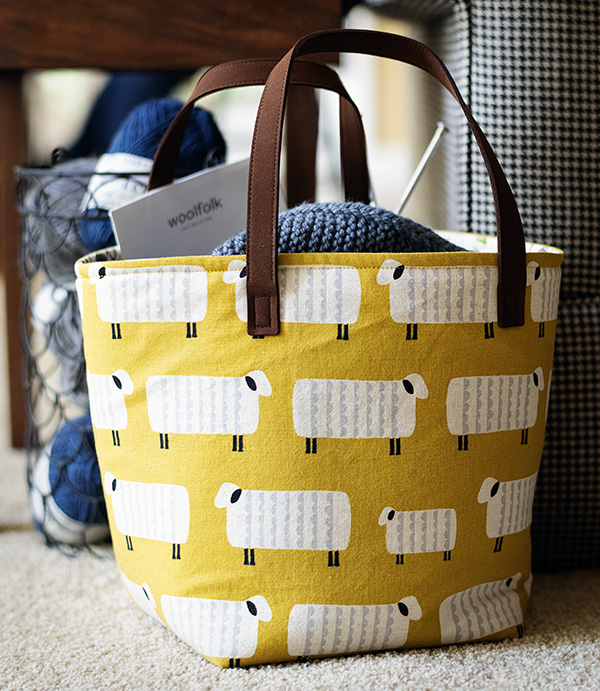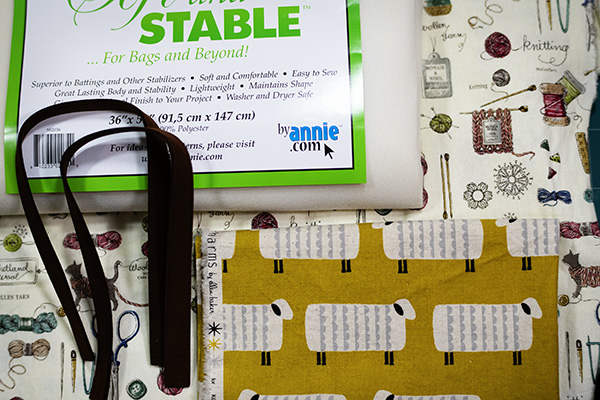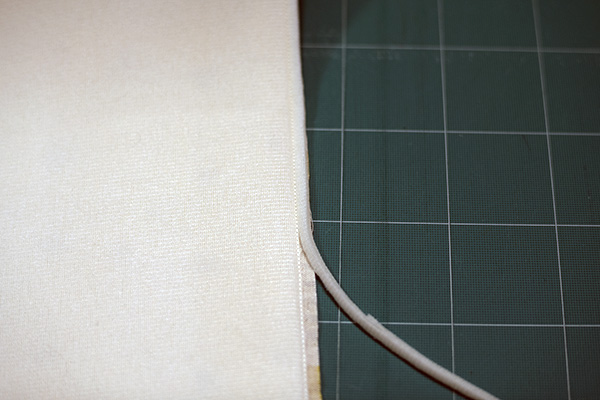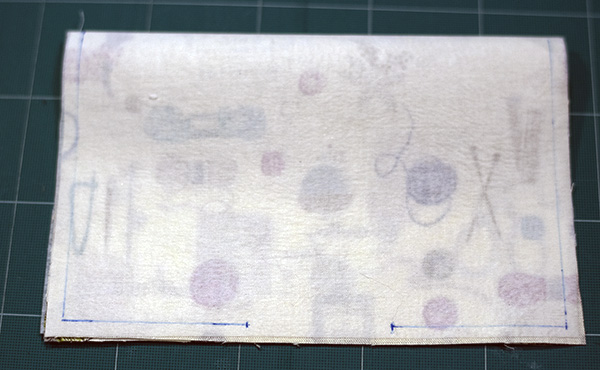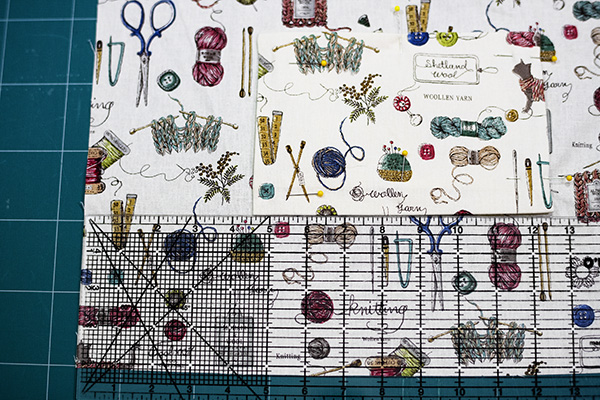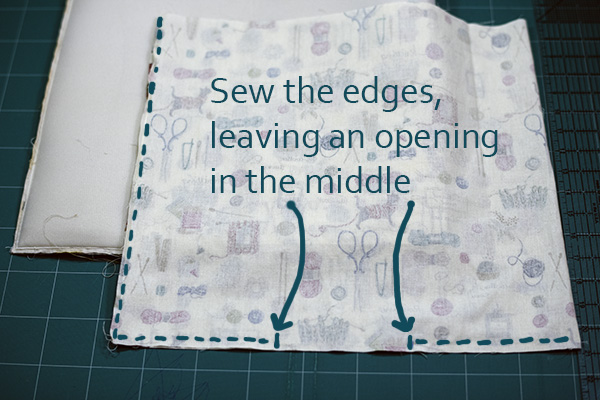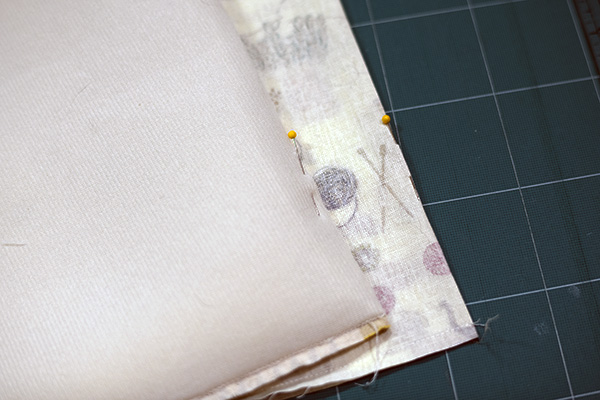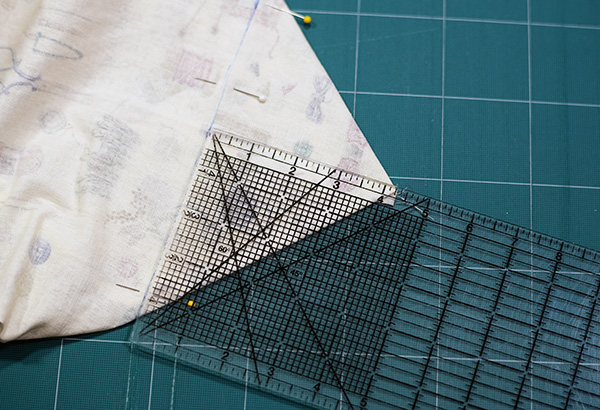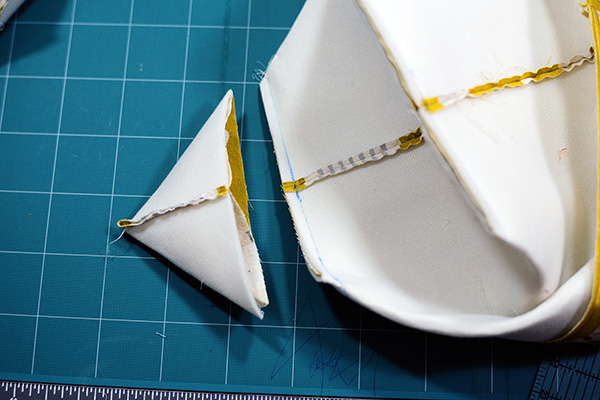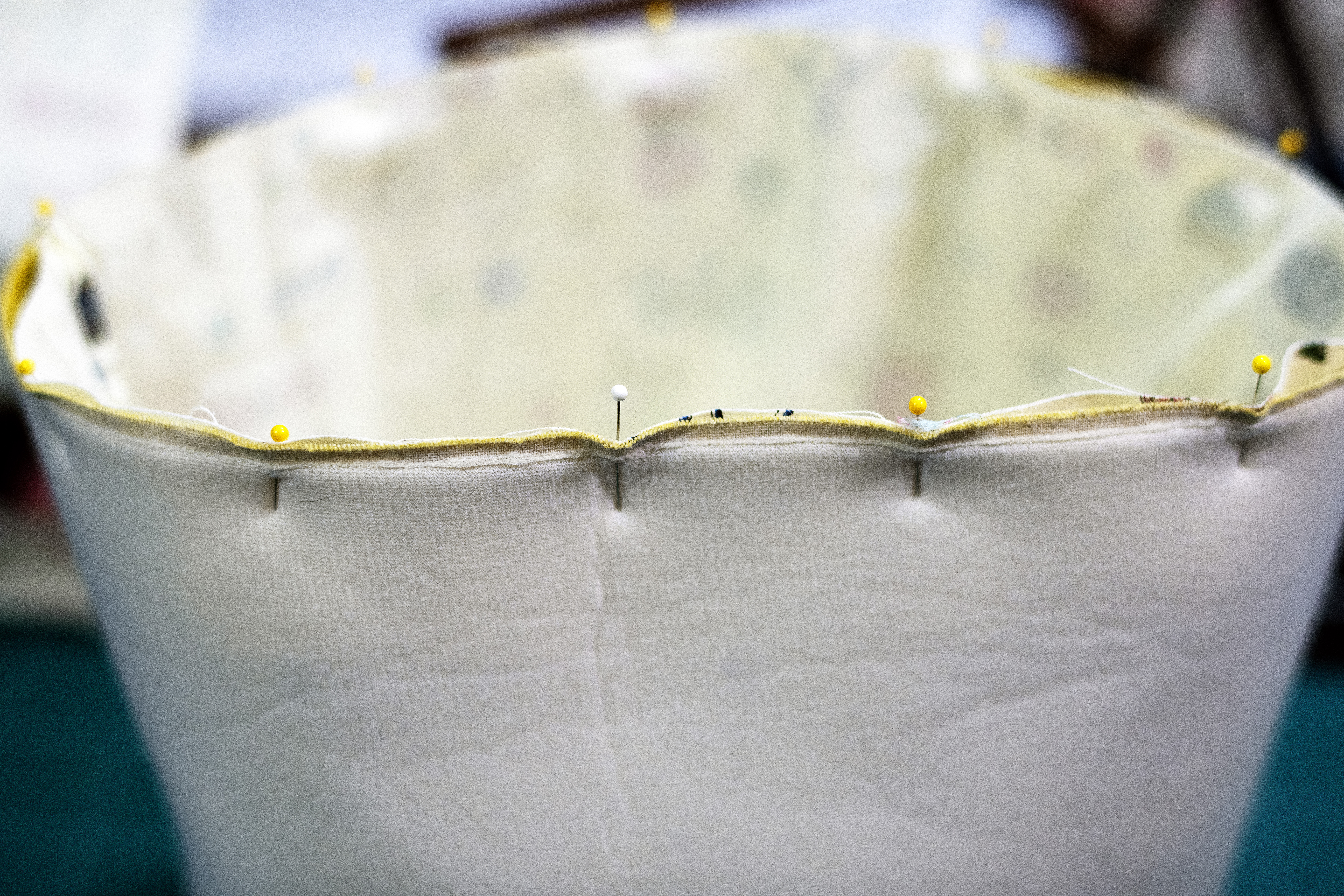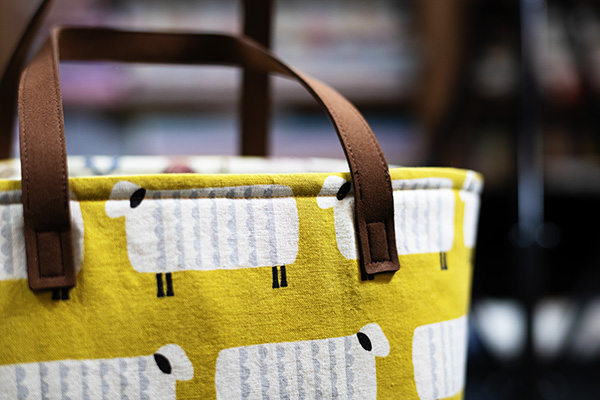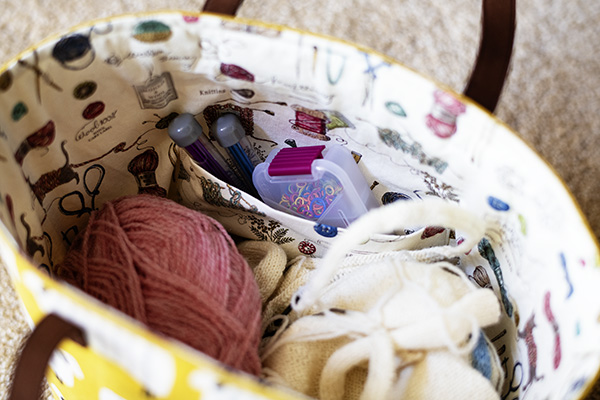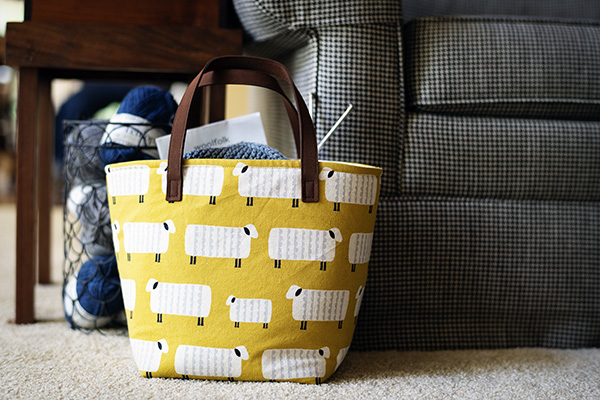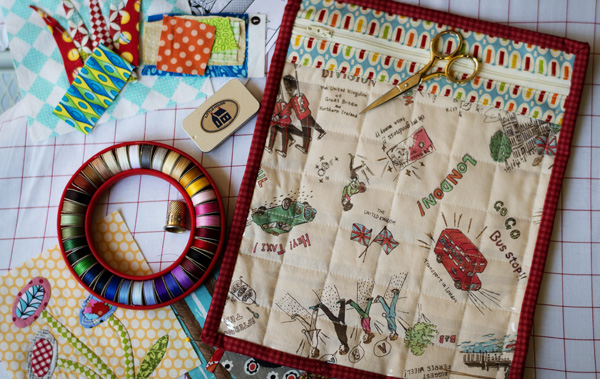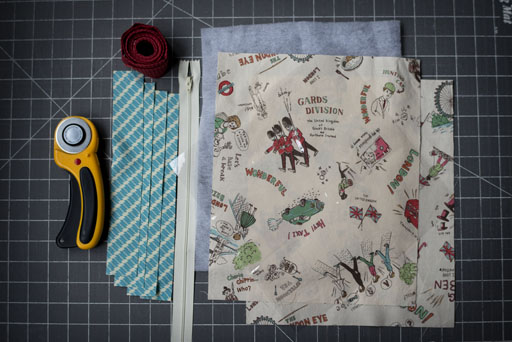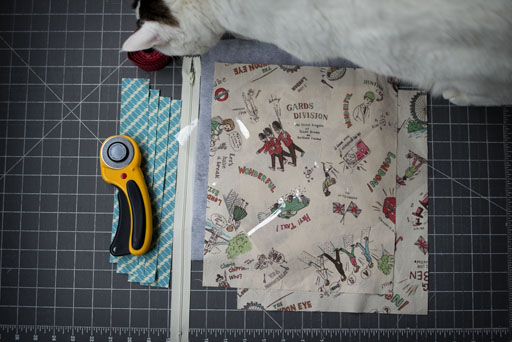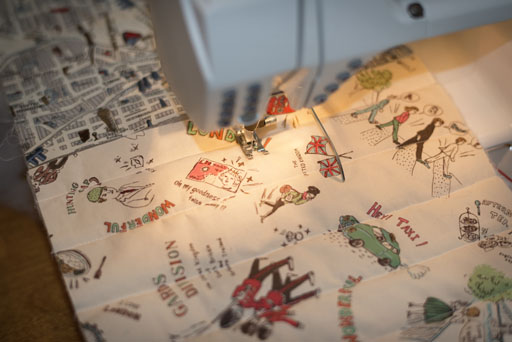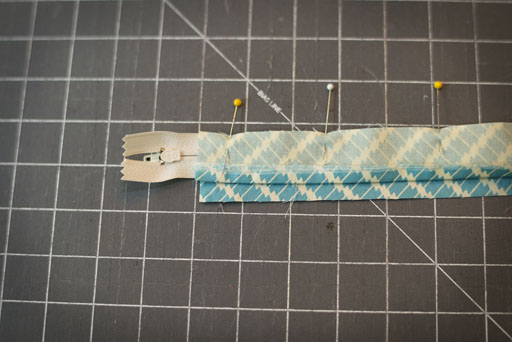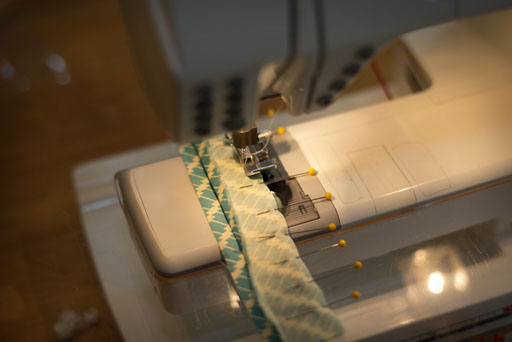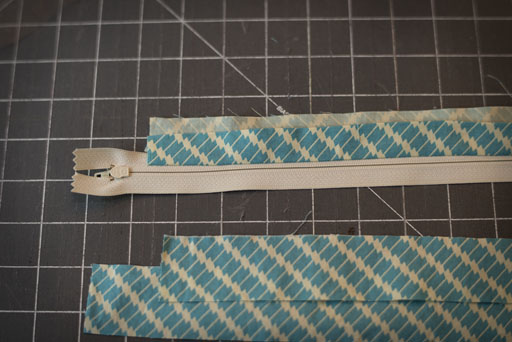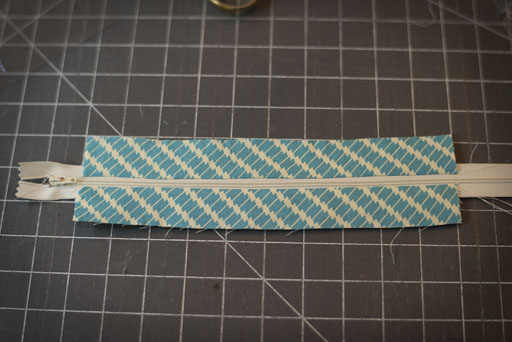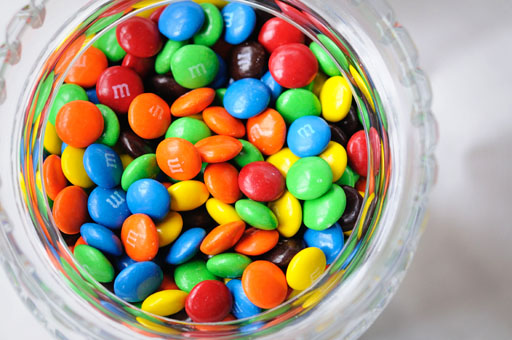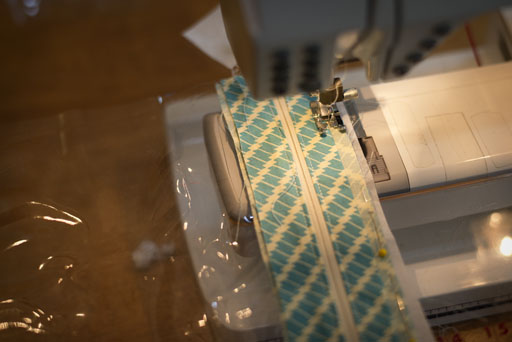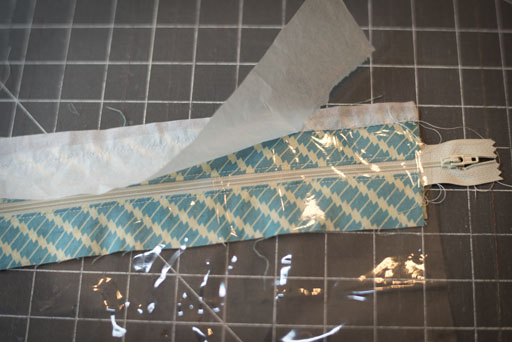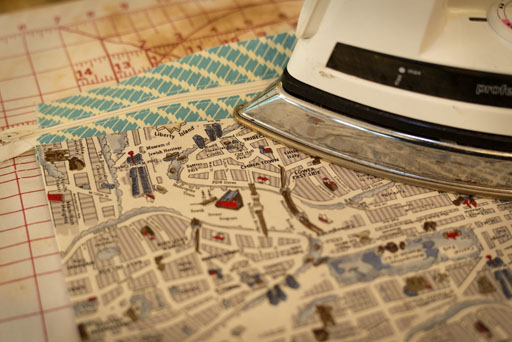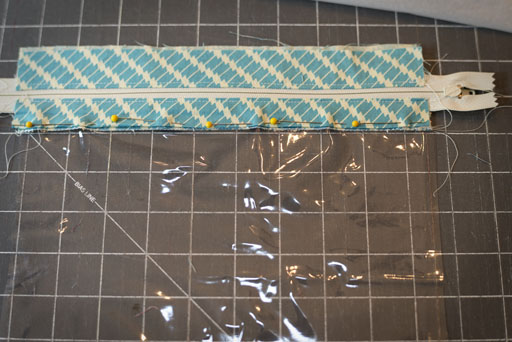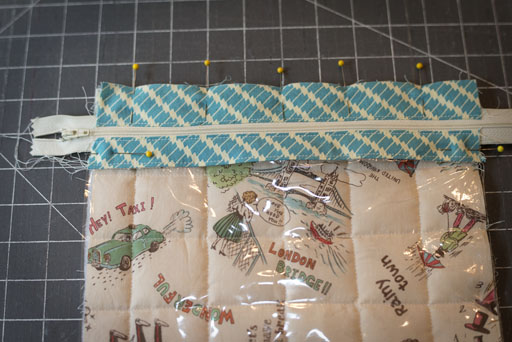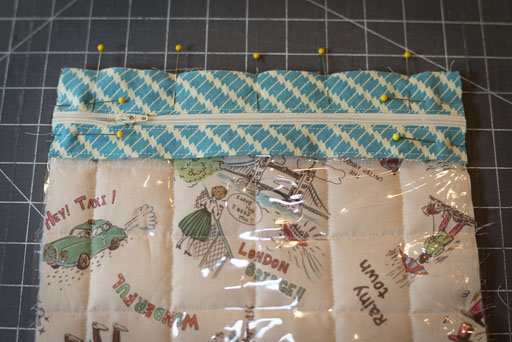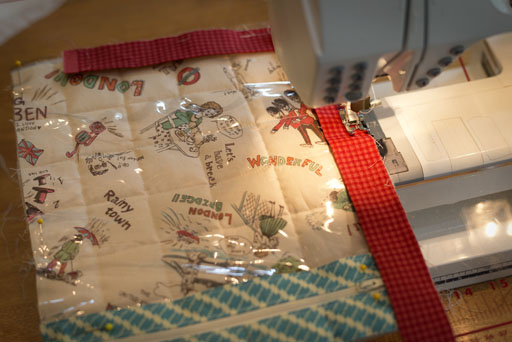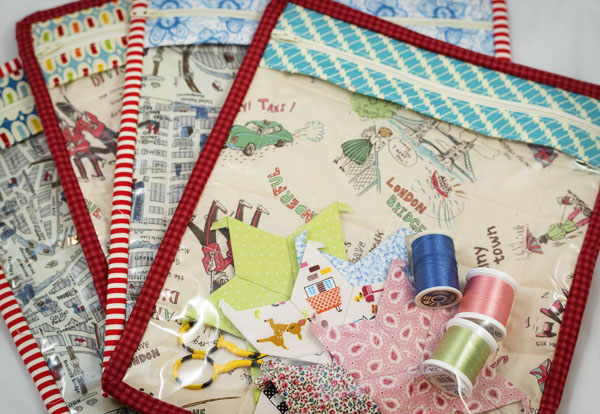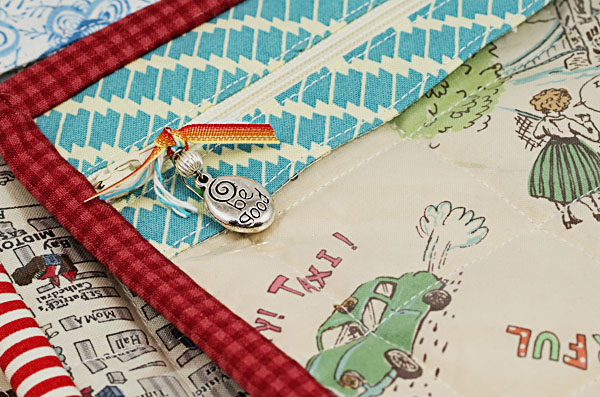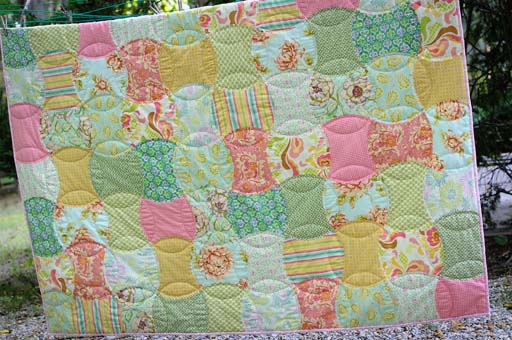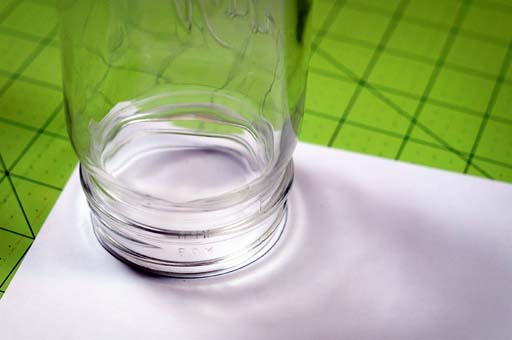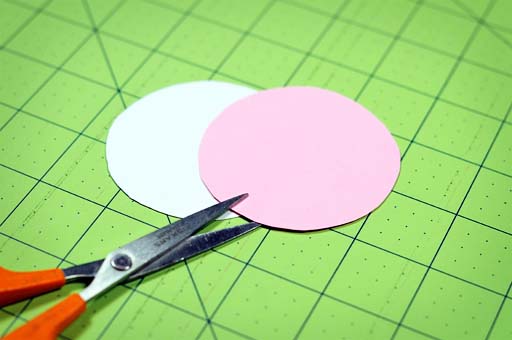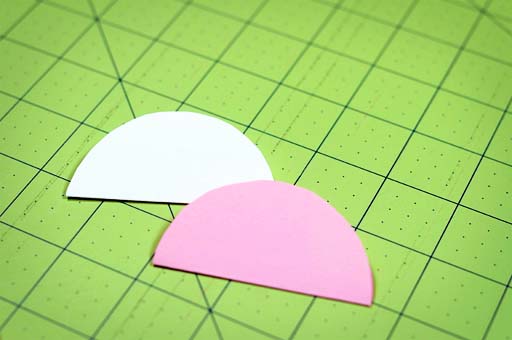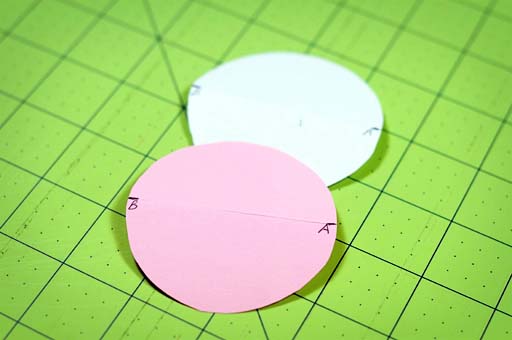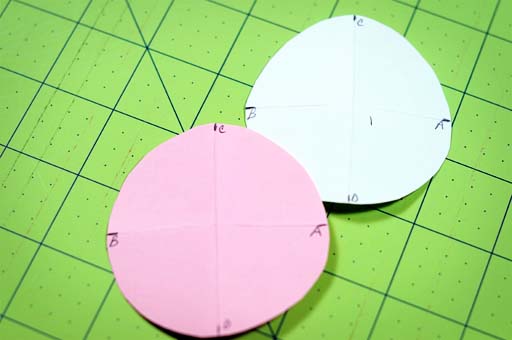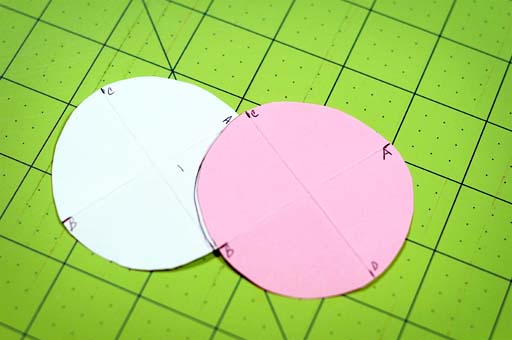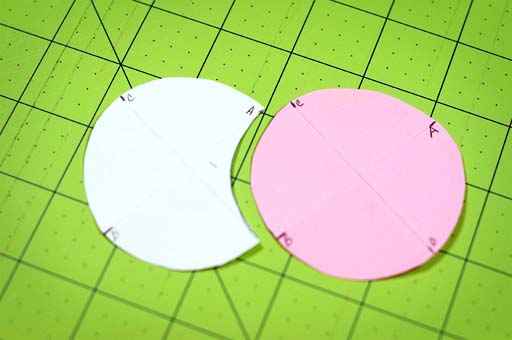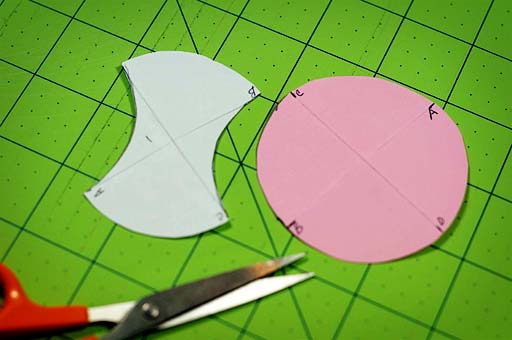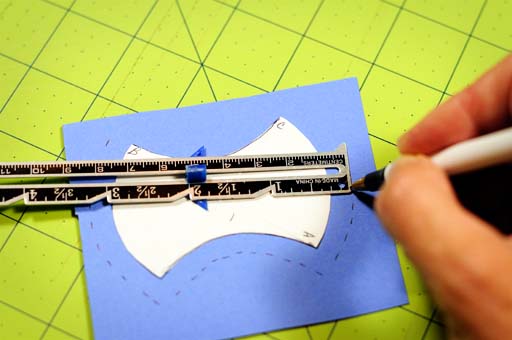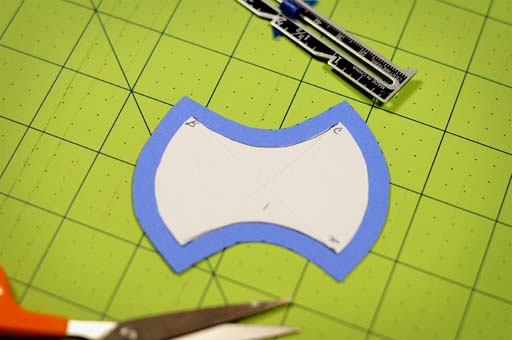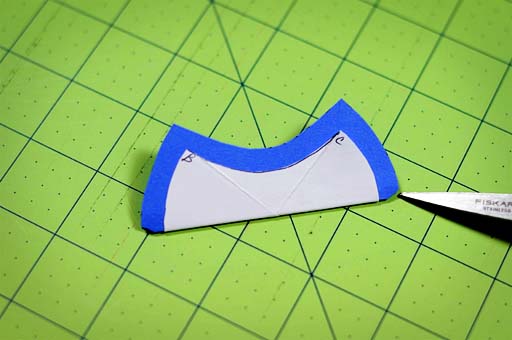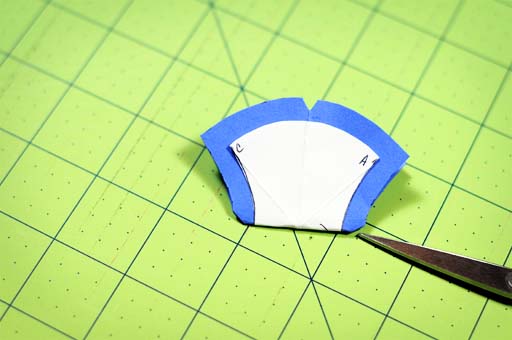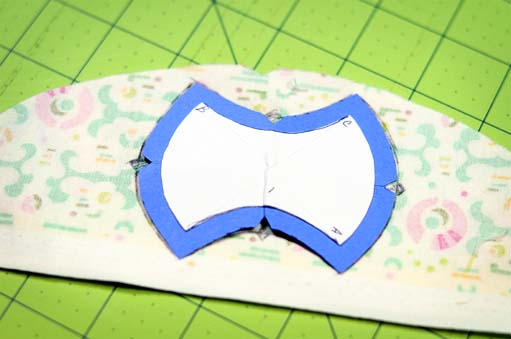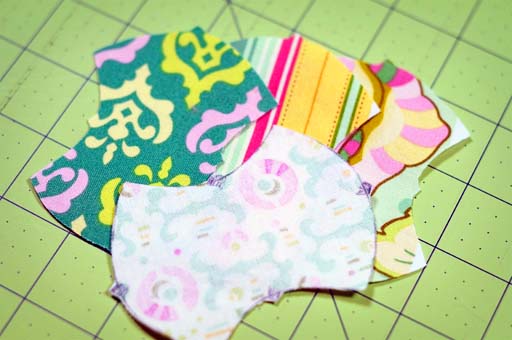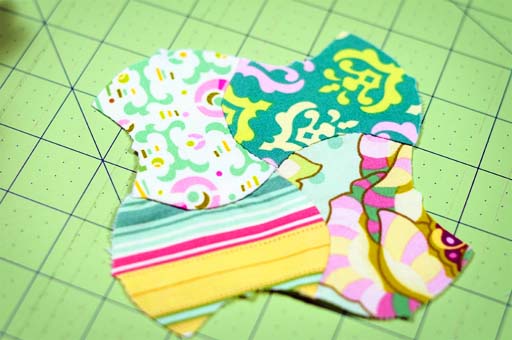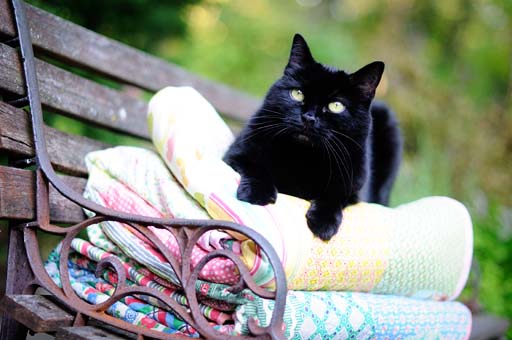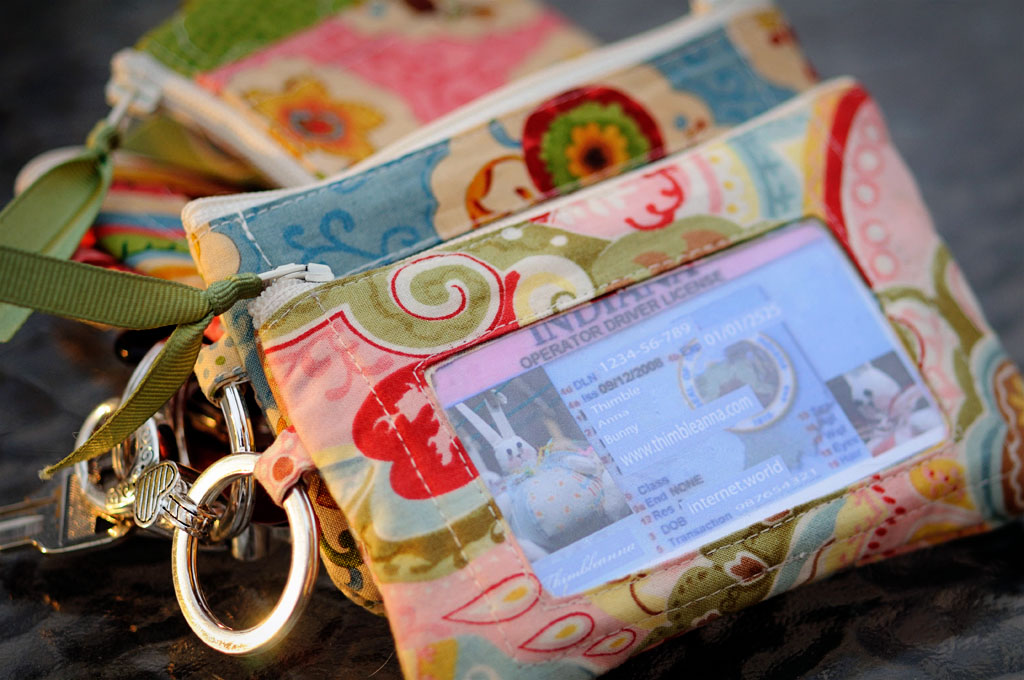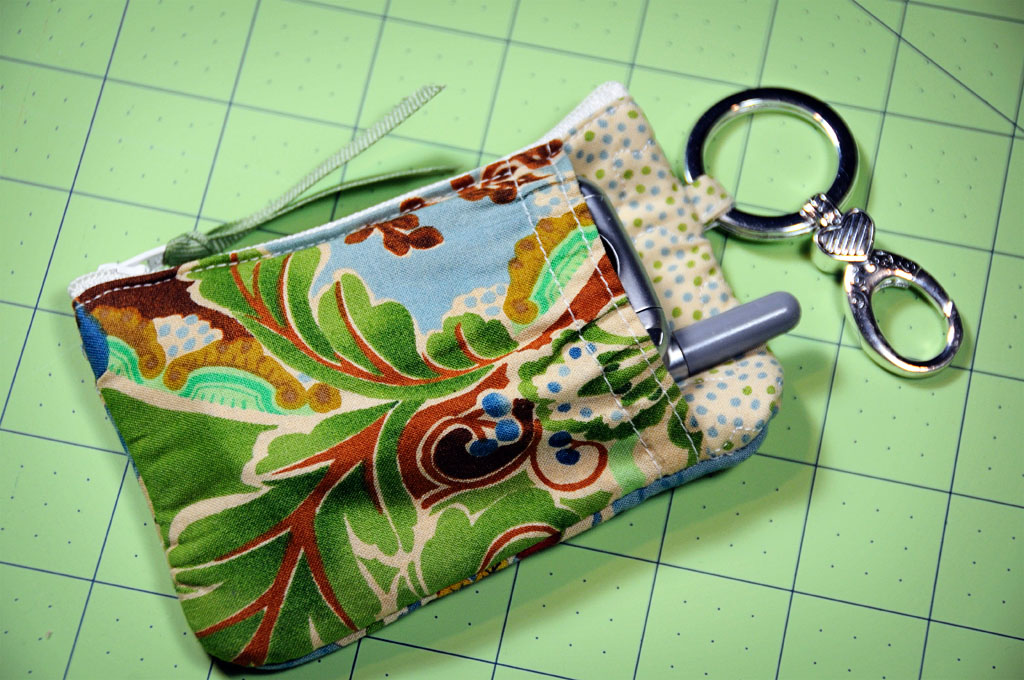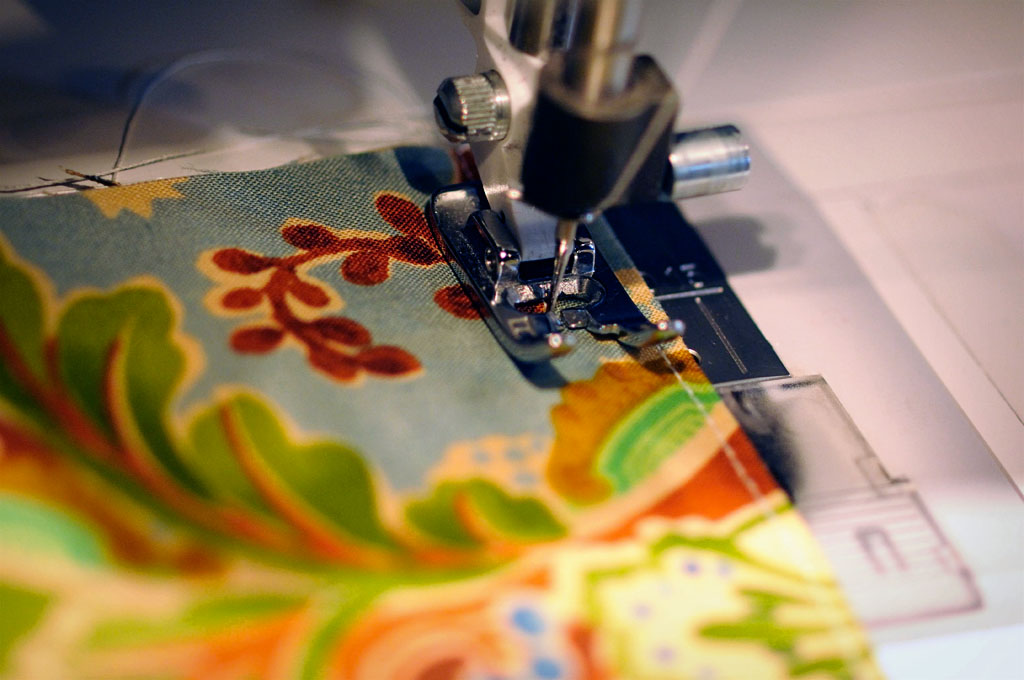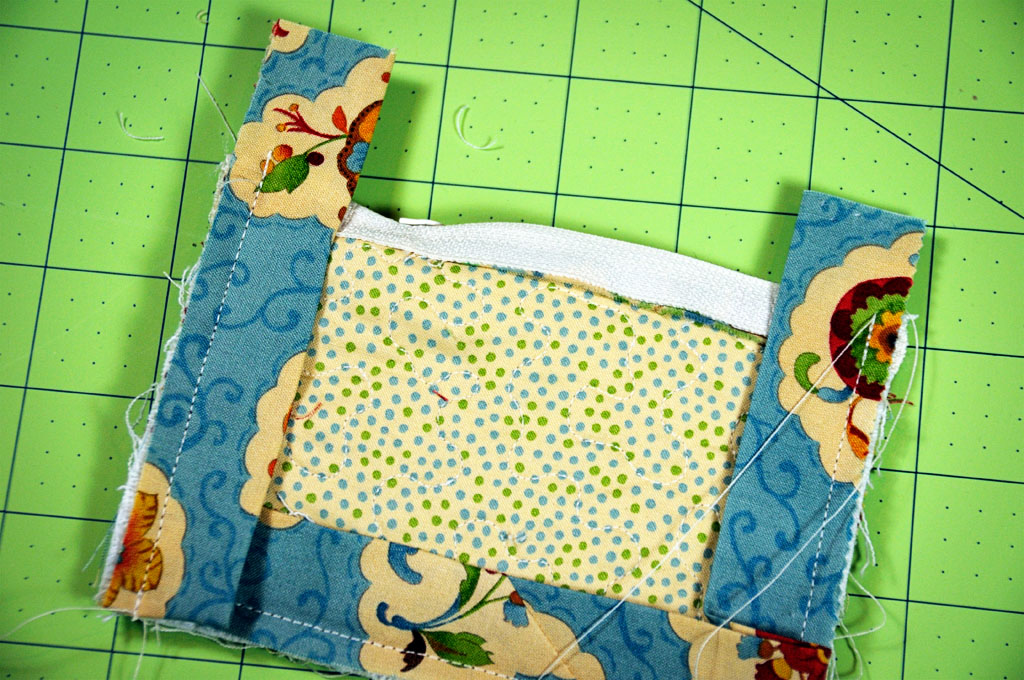A Bucket Bag
Once Upon A Time Ago, I saw a big roomy bag at a market that I thought would be perfect for my knitting. The problem was, that it had a big roomy price tag. Gee, I didn’t want the bag to cost as much as the yarn I planned to put in it, so I filed the vision of that lovely bag in my head for another day. Not too long after that, I found a sheepy fabric that I thought would be perfect for such a project bag, so I bought it and hung it on the wall to nag me into making a perfect little knitting bag. And nag me it did — for an embarrassing number of years. Finally, last weekend, I thought “this is ridiculous”, so I took down the fabric and made my bag. And it was ridiculous that I’d waited so long — it only took a few hours to make. Why do some of the smallest jobs seem to take so long to get around to executing?
Anyway, it’s done and I LOVE it and I took pictures along the way, so I could tell you how I made it. (And so that I would have notes, should I ever want to make another bucket bag — and surely I will!)
Here are the things you will need for a bucket bag that will be approximately 17″ wide x 11″ tall x 8″ deep:
- One 15 1/2″ x 34 1/2″ piece of Soft and Stable (I use this on most of the bags I make — it’s amazing and it gives your bag some stability — no one wants a floppy bag!)
- One 15 1/2″ x 34 1/2″ piece of cotton or cotton canvas for the outside of the bag.
- One 15 1/2″ x 34 1/2″ piece of cotton or cotton canvas for the lining of the bag.
- One 8 1/2″ x 11″ piece of lining fabric for an inside pocket.
- One 8 1/2″ x 11″ piece of fusible interfacing for an inside pocket.
- Two leather bag straps approximately 20″ long.
Place the piece of soft and stable on top of the wrong side of the outside bag piece of fabric and sew a very scant 1/4″ seam all the way around the rectangle. Then trim the soft and stable in the seamline as close to the stitching as possible. Set aside.
Iron the fusible interfacing to the wrong side of the 8 1/2″ x 11″ piece of pocket fabric. Then fold the fabric width-wise and stitch around the three seam sides, leaving an opening for turning the pocket in the middle of the long side of stitching.
Trim the corners, turn the pocket, and fold the raw edges along the bottom of the pocket opening toward the inside of the pocket. Press the seams so they are nice and flat. Lay the lining fabric out, right side up, so you’re looking at a horizontal rectangle. Place the pocket 4 1/2″ in from the left hand side of the rectangle and 4 1/4″ up from the bottom of the rectangle. (Or, you might like your pocket a wee-bit higher on the inside of your bag — I think 5 ” from the bottom would have been a great distance too.) Sew the pocket to the lining along the right, bottom and left sides, leaving the top open.
Fold the outside piece of fabric with the attached soft and stable and stitch a generous 1/4″ seam along the side and the bottom of the bag. You will now have a rectangle that measures 15 1/2″ x 17 1/4″ that is open along the top, sewn closed along the bottom and one side, and folded on the other side. Iron the seams open where possible. Repeat this step with the fabric lining, except you will need to leave an opening along the bottom seam (the 17 1/4″ side) for turning later.
Now you’re ready to box-out the corners of your bag. It’s tricky to explain, but not really that hard. Hopefully the pictures and words together will help. Also, reading through the next few pictures before you do anything might help make it more clear. On both the lining and the outside of the bag, place a pin along the edge of the folded side, a few inches from the seamline along the bottom of the bag.
Now, using the lining piece of fabric, open up that bottom corner and place the pin you just placed in the fold, along the seamline in the bottom of the lining. You have to feel it with your fingers — you’re re-folding the corner so that the folded side edge runs along the bottom seam. You’re going to do the same thing in the other corner of the lining, except the side edge of that corner was seamed instead of folded, so you’re going to be lying the two seams on top of each other, right sides together. Once you have the corner re-folded, measure up 4 1/4″ from the point and then draw a diagonal line that is 4 1/4″ from the corner point. It’s very important to make sure that the diagonal line is perpendicular to the seamline of the bottom of the bag.
Stitch along that drawn line. After you’ve completed both corners of the lining, do the same thing for the main soft and stable piece of the bag. Then trim all corners off of the bag and lining.
Like magic, you can now stand them up and they have their boxy shape! Turn the lining right side out and place it inside of the bag with the soft and stable, right sides together. Pin or clip all around the top of the bag, matching the side seam and the folded edge of the lining to the side seam and folded edge of the bag. Then stitch a generous 1/4″ from the top edge, all around — don’t leave any openings.
Remove pins or clips and turn the bag through the opening in the bottom of the lining. Hand stitch that opening closed. Press along the top edge of the bag and then topstitch 1/4″ from the edge. Then, attach your bag handles according to manufacturers directions. (Mine were sewn on, some are put on with rivets or snaps, etc.)
Ta-Da! You have a perfect little bucket bag, perfect for stuffing full of whatever project you’re working on.
Hurry and put something in there and admire your handy work!
That wasn’t too bad was it? I hope it wasn’t too confusing. If you have any questions, feel free to ask. I really do need to go work on that little project I stuffed into my bucket bag — you won’t believe how old it is — I think it might be the oldest ufo in my house and I think it’s older than my oldest child — an embarrassing Eeeek!
XOXO,
Anna

